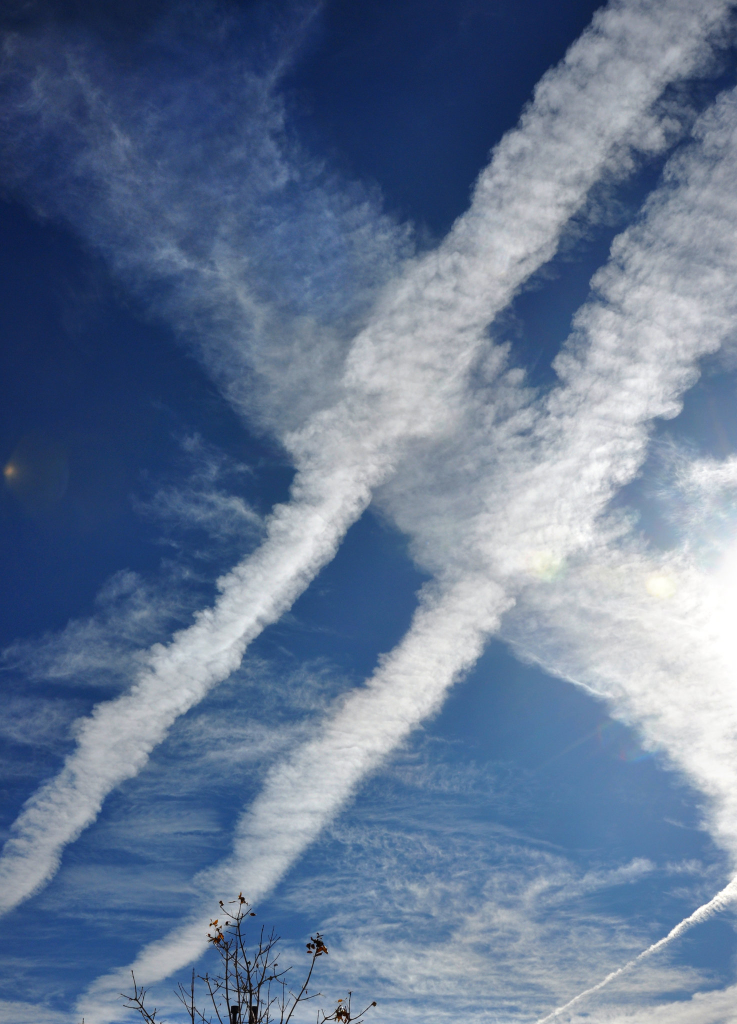A recent study from Imperial College London has highlighted an unexpected consequence of the aviation industry’s efforts to become more environmentally friendly.

Despite significant advances in reducing carbon emissions, modern commercial aircraft might be inadvertently contributing to global warming through their contrails, a phenomenon not entirely understood until now.
Contrails, or condensation trails, are thin ice clouds that form from the exhaust of aircraft engines.
Researchers have observed that these streaks of clouds can trap heat in the Earth’s atmosphere, exacerbating climate change.
Astonishingly, the study reveals that the warming effect of contrails could be even more detrimental than the carbon emissions themselves.

Edward Gryspeerdt, the lead author, pointed out that newer aircraft designs, which aim to improve fuel efficiency, ironically cause these contrails to persist longer, thereby trapping more heat.
Modern planes usually fly above 38,000 feet due to thinner air and reduced aerodynamic drag, which helps lessen carbon emissions. However, this has also meant that these high-altitude flights produce more enduring contrails.
The research team analyzed data using satellite images and machine learning to study over 64,000 contrails made by various aircraft over the North Atlantic.

It was discovered that today’s more advanced aircraft, both commercial and private, generate more contrails than older models, and these contrails tend to stick around for a longer duration.
This finding suggests that the climate impact of aviation might be greater than previously estimated.
Though Gryspeerdt acknowledges that more efficient aircraft are a positive development due to their reduced carbon emissions per passenger-mile, he emphasizes the challenges these new findings pose for the aviation industry in terms of mitigating its overall climate impact.
In an effort to curtail the warming effects of contrails, the study offers a potential solution: reducing the soot emissions from aircraft engines.
When soot is emitted during inefficient combustion, it plays a significant role in the contrail’s formation and longevity. Marc Stettler, the study’s co-author, suggests that fewer soot particles result in contrails that dissipate faster, reducing the associated warming effect.

This critical research, published in the Environmental Research Letters, pushes the boundaries of how we understand contrail formation and its implications for the environment.
As the aviation sector navigates these revelations, the emphasis will be on balancing improvements in fuel efficiency with minimizing the environmental impact of contrails.
